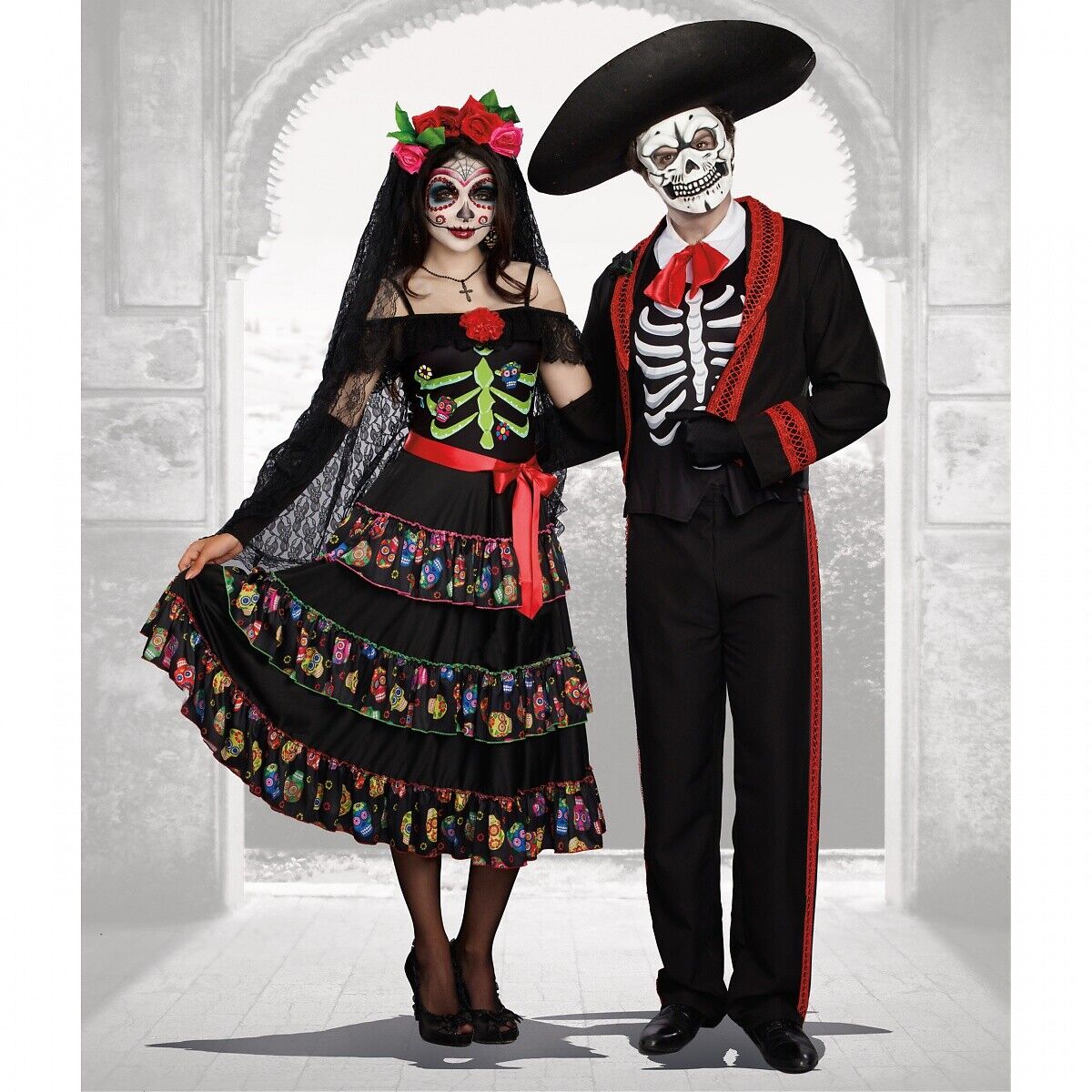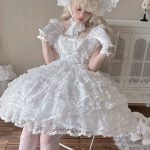Día de los Muertos, the Day of the Dead, is a vibrant and joyous celebration of life and death. Observed on November 1st and 2nd, this Mexican tradition honors deceased loved ones with colorful altars (ofrendas), festive food offerings, and lively gatherings. Dressing up as Catrinas, calaveras, and other iconic figures forms a significant part of this beautiful tradition. This guide explores the history, meaning, and various aspects of Dia de los Muertos dress up.
Understanding Día de los Muertos
Día de los Muertos is not a somber occasion of mourning. Instead, it’s a joyous reunion with departed loved ones. Families believe the veil between life and death thins during this time, allowing spirits to return and partake in the festivities.
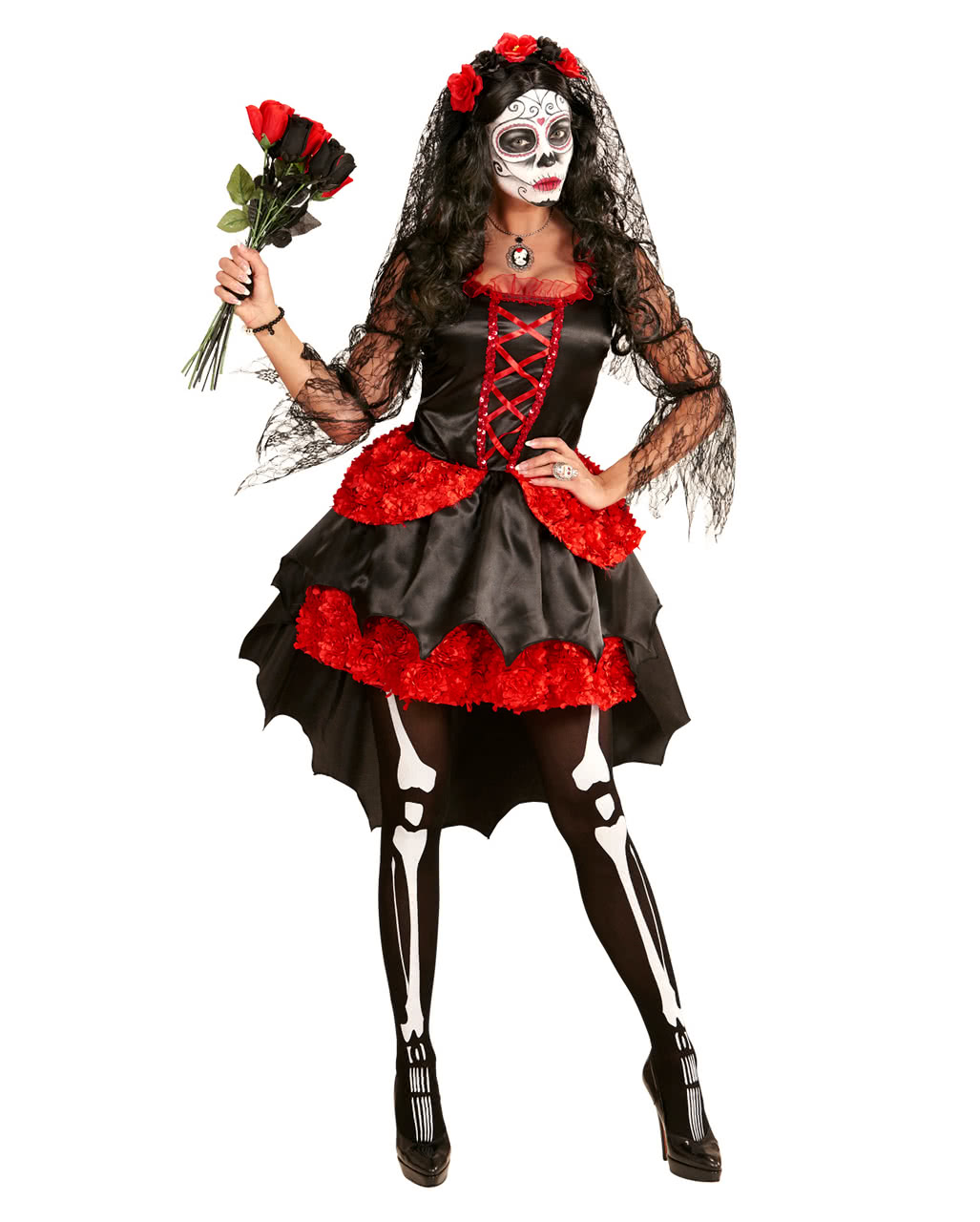
A Rich History Rooted in Mesoamerica
The roots of Día de los Muertos trace back thousands of years to ancient Mesoamerican cultures like the Aztec, Toltec, and Nahua people. These civilizations held a cyclical view of life and death. They celebrated death as a natural phase in a continuous journey.
The Arrival of Spanish Influence
When the Spanish conquistadors arrived in Mexico during the 16th century, they brought with them their Catholic traditions, including All Saints’ Day and All Souls’ Day. These celebrations blended with the indigenous rituals, influencing the modern-day Día de los Muertos we know today.
The Significance of Dia de los Muertos Dress Up
Dressing up on Día de los Muertos holds deep cultural and symbolic meaning. It’s not about fear or morbidity but about celebrating life and remembering loved ones in a joyful, colorful way.
Embracing the Symbolism of Death
The act of dressing up, particularly as skeletons or Catrinas, confronts the fear of death. It transforms the often-taboo subject into something relatable, even humorous. By embracing the imagery of death, participants celebrate life’s preciousness.
Connecting with Ancestors
Dia de los Muertos dress up allows individuals to connect with their ancestors. People often dress as figures representing their family’s heritage or professions, embodying the spirits of those who came before.
Iconic Día de los Muertos Costumes and Their Meanings
The streets come alive during Día de los Muertos with a vibrant tapestry of costumes. Each element carries significant meaning and adds to the festive atmosphere.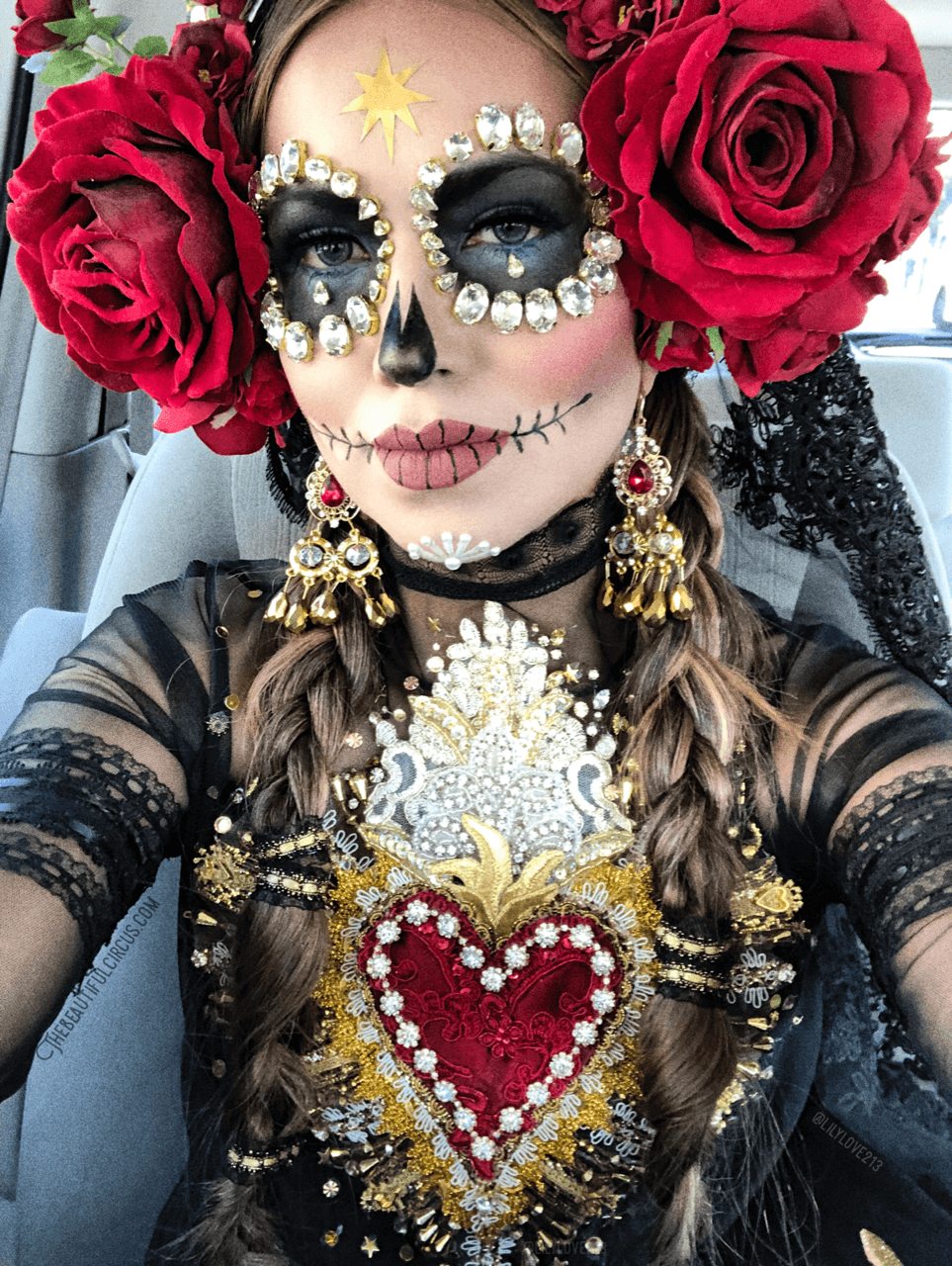
La Catrina: The Grande Dame of Death
Perhaps the most recognizable figure, La Catrina, is a female skeleton adorned in elegant European attire, often including a large hat with feathers. Created by Mexican illustrator José Guadalupe Posada in the early 20th century, La Catrina satirized the upper classes who often emulated European styles. Today, she embodies the celebration of life and a reminder that death comes for everyone, regardless of status.
Calaveras: The Playful Skulls
Sugar skulls, or calaveras, are another iconic symbol. These colorful sugar creations represent departed souls. People decorate their faces with similar skull designs, using vibrant colors and intricate patterns. Each detail, from the flowers to the jewels, holds significance and adds to the festive, celebratory mood.
Other Traditional Costumes
While Catrinas and calaveras reign supreme, people also dress up in other traditional costumes.
- Skeletons: Men, women, and children often dress as skeletons, donning elaborate costumes or simple black and white attire with skeletal details.
- Alebrijes: These fantastical creatures, originating from Oaxaca, are brightly colored sculptures of mythical beasts. People sometimes incorporate elements of alebrijes into their Día de los Muertos costumes, adding a whimsical touch.
- Historical Figures: Some choose to honor deceased loved ones by dressing as them, recreating their attire and mannerisms.
Essential Elements of Día de los Muertos Dress Up
Creating a respectful and authentic Día de los Muertos costume involves understanding the key elements and their significance.
Makeup: The Face of Celebration
Face painting is crucial for Día de los Muertos costumes.
- Calavera Makeup: This style replicates the look of a sugar skull, using white face paint as a base. People then add colorful details like floral designs, spiderwebs, teardrops, and jewels around the eyes, nose, and mouth.
- Catrina Makeup: Catrina makeup focuses on creating a glamorous and elegant look. It often involves pale face paint, dramatic eye makeup, and bold red lips.
Attire: From Elegant to Whimsical
Costumes range from simple to elaborate.
- Traditional Clothing: Many choose traditional Mexican attire like colorful dresses, embroidered shirts, or charro suits.
- Modern Twists: Others opt for modern clothing with skeleton or floral designs, incorporating elements of the holiday in creative ways.
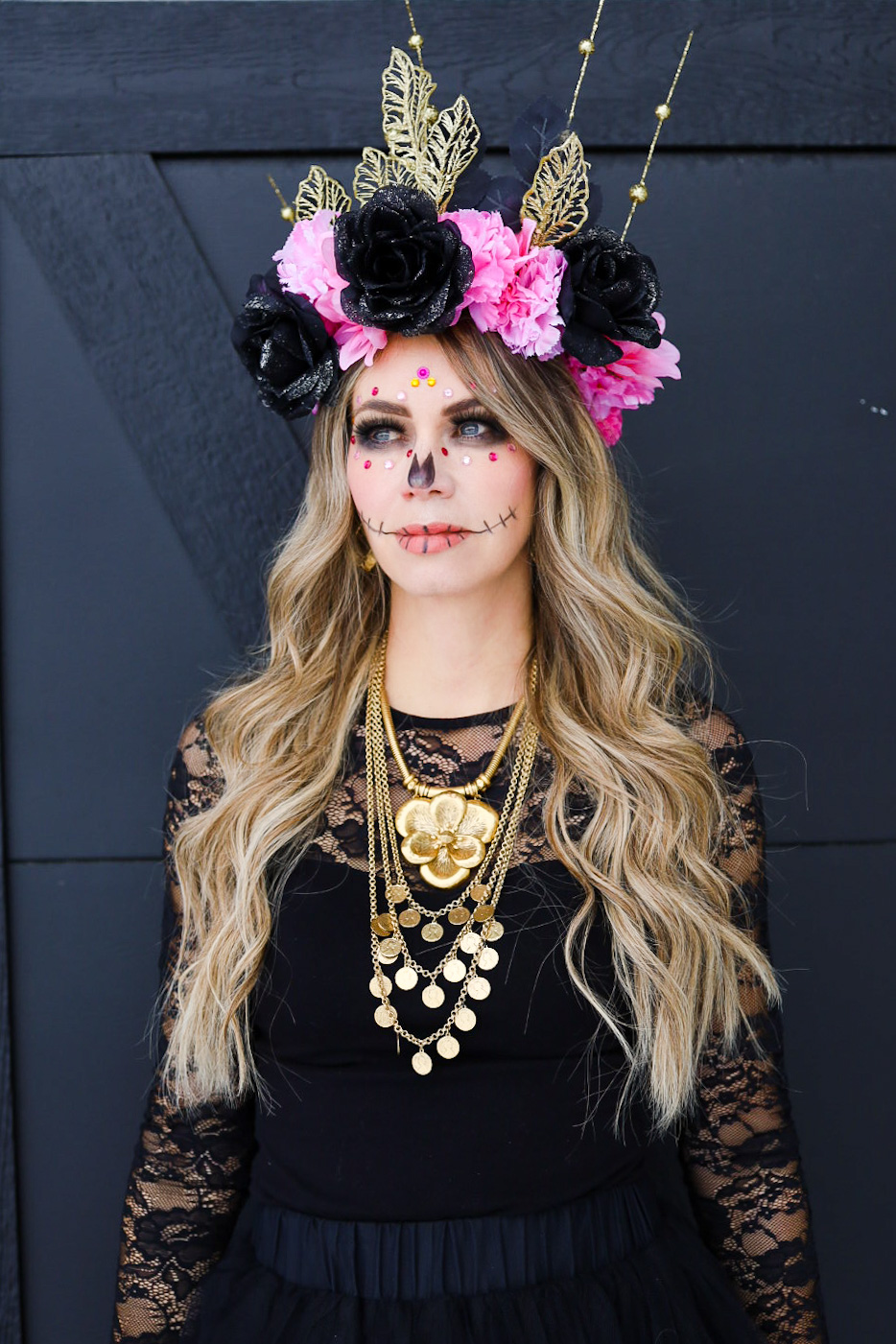
Accessories: Completing the Look
Accessories add an extra layer of detail and meaning.
- Flowers: Marigolds, the traditional flower of Día de los Muertos, feature prominently in headpieces, bouquets, and clothing.
- Hats: From sombreros to elaborate hats adorned with feathers and flowers, headwear adds to the festive atmosphere.
- Jewelry: Statement jewelry, often featuring skulls, crosses, or religious figures, completes the look.
Respecting the Culture: Dos and Don’ts of Día de los Muertos Dress Up
While Día de los Muertos encourages celebration and creativity, it’s crucial to engage with the tradition respectfully.
Dos:
- Do Your Research: Learn about the history, meaning, and significance of the holiday and its symbols.
- Be Respectful: Remember that this is a cultural celebration, not just a costume party.
- Get Creative: Embrace the vibrant colors, patterns, and symbols to create a unique and meaningful costume.
- Support Mexican Artists: If possible, purchase costumes, accessories, or makeup from Mexican artists and businesses to support the culture and community.

Don’ts:
- Don’t Appropriate: Avoid costumes that perpetuate harmful stereotypes or disrespect Mexican culture.
- Don’t Use Offensive Language or Imagery: Be mindful of the symbols and imagery you use, ensuring they align with the respectful spirit of the holiday.
- Don’t Mock Death: While the holiday celebrates life and death, it’s crucial to treat the subject with respect.
Día de los Muertos Dress Up: A Celebration of Life and Legacy
Dressing up for Día de los Muertos is more than just putting on a costume. It’s about embracing a rich cultural tradition, honoring ancestors, and celebrating the cycle of life and death. By understanding the meaning behind the makeup, attire, and symbols, individuals can participate in this joyous occasion with respect and appreciation, keeping the spirit of Día de los Muertos alive.
